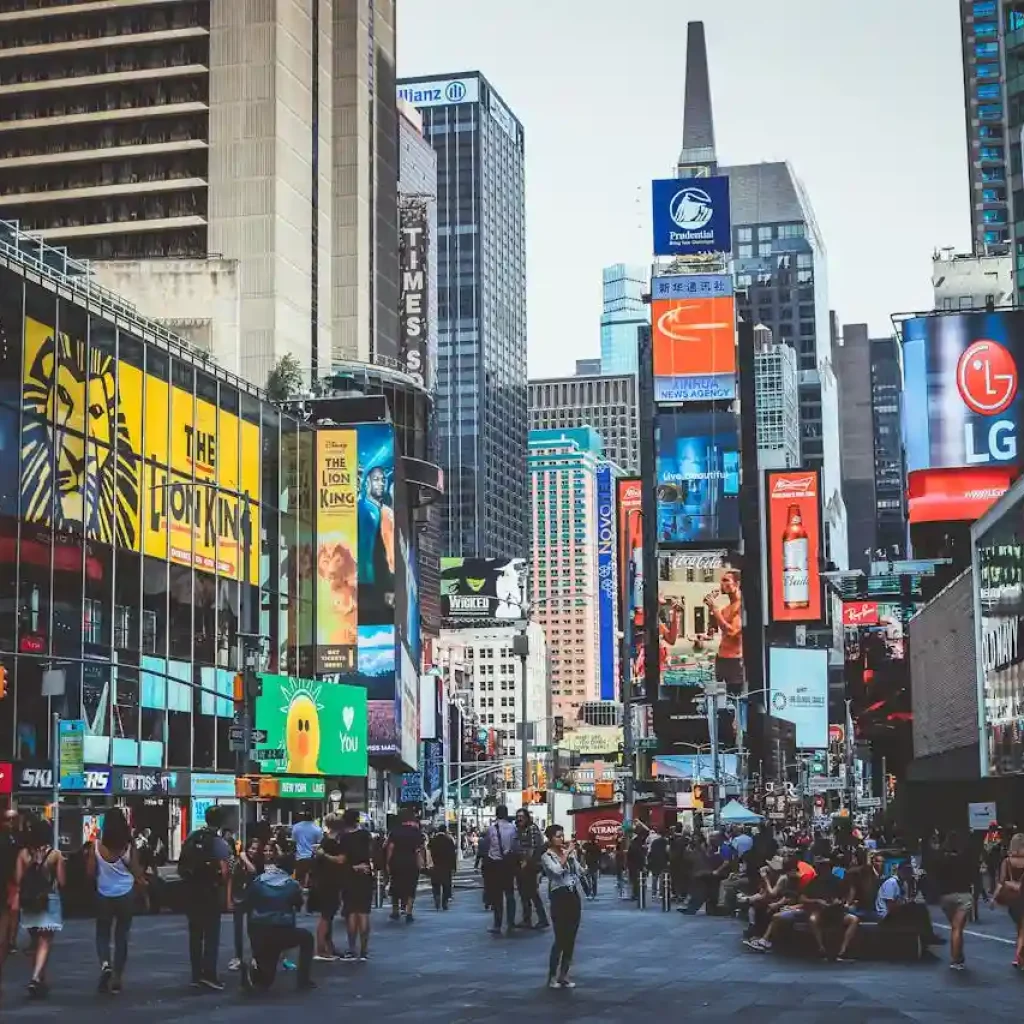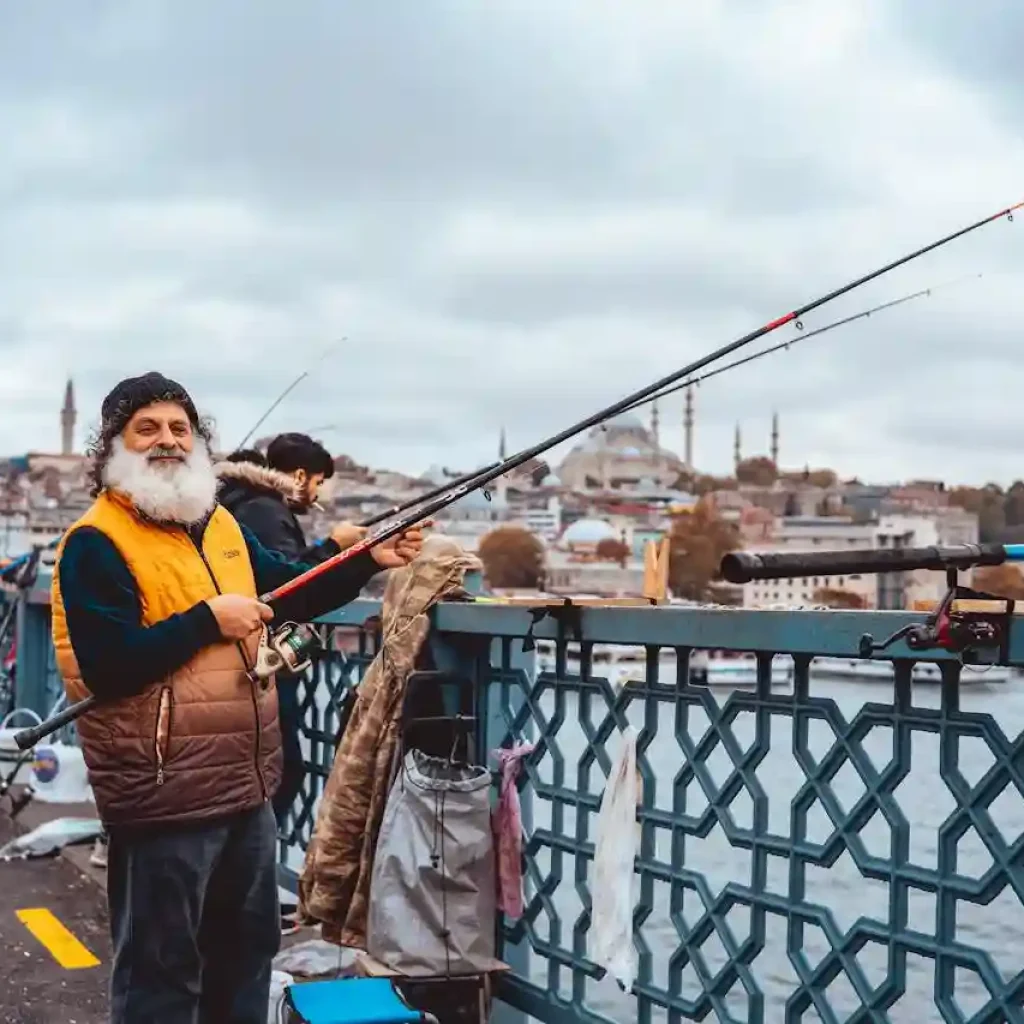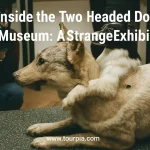How Creative Translation Opens New Doors of Global Tourism?

In the previous few years, tourism has significantly increased. It’s a way to interact with the world and learn about diverse cultures. People love to travel to different countries to explore unique cultures, and history and learn about their lifestyles.
Have you ever wondered what makes your travel great and memorable? We all need creative translation for clear communication and cultural connection, which helps us interact with locals of our favourite tourist spot.
For global tourism, successful communication attracts tourists, enhances their interest, and builds a stronger connection with local cultures. In this complete guide, we will discuss why creative translation is essential for creating a connection with a global audience and how it accommodates to maximize global tourism.
Let’s dive right in!
1. Creative Translation Promotes Cultural Sensitivity in Tourism

Tourism is all about exploring the different cultures. No doubt, each tourist spot has something special for tourists. To make the most of your traveling experience, tourists need to be careful about other cultures and traditions by using creative translation.
For instance, an ad for Brazil Beach in Arabic or Japanese language might not work. Creative translation fixes the different language issues to ensure visitors not only understand the culture but also like the places and enjoy their trips.
On the flip side, Thailand’s tourism ads talk about their hospitality, culture, history and spiritual things. When these ads or messages are translated with creative translation into tourist-friendly language, they are more likely to build connections with locals, feel appreciated and respect the different cultures as well.
A company IPPWORLD renowned as a translation service provider help several tourists to understand different languages and remove language barriers. This company ensure that every message is understood by tourists during tours, No matter where they come from.
2. Clear Communication Enhances Traveler’s Experience

Creative translation plays a crucial role in tourism to convey a clear message and engage the tourist. It is particularly needed in special areas like restaurants, hotels, local markets, dining areas and hospitals to understand the basic language.
When tourists arrive at their favorite travel destination, they want to talk with locals easily, find their ways, and understand the messages of locals and what’s going on in their surroundings. Language translation is important for clear understanding, but if you translate a word for word, it can be confusing and tourists cannot understand the actual meaning of the phrase.
Thus, creative translation is a great way not only to translate phrases but also small words and provide correct information to travelers which enhances their trust and experience. It helps visitors to build strong connections with the locals and learn more about the history, traditions and stories of the destinations they visit for the first time.
Creative translation helps to describe the traditional food of tourists’ favorite tourist destinations. Translated names of the dishes sound good to visitors. Creative words describe the food ingredients and the culture or story behind the special food making. As a result, international travelers can appreciate the food, hospitality and surrounding experience that make their travel memorable.
3. Target Global Tourists With Destination Advertisement

In the present era, tourism is a competitive business and every destination seeks to stand out from others. That is why, it is essential to tell about the destination story, unique selling points and why visitors choose the destination by using creative words. Creative translation tailors the story of the destination in different languages or cultural contexts to make it even more appealing to visitors and understandable.
For example, think about ecotourism, western people like the idea of ecotourism being green and helping the environment. On the other places, ecotourism is considered as connecting with nature and finding a peaceful travel destination. Creative translation can talk about travel, the environment and the personal benefits of tourists.
A real example of global tourism is Switzerland’s welcoming atmosphere. They are not just selling their scenery and beautiful views but they sell feeling, emotion, peace, luxury and relaxation to visitors. They use creative translation to welcome travelers in their homeland language. This makes Switzerland more than just a place to go. It becomes a personal experience that visitors will not forget.
4. Localization Language Builds Trust of Travelers

In the tourism industry, travelers trust is very important. Tourists want a warm welcome, a friendly environment and a secure atmosphere to make the most of their traveling experience. It is all possible clear communication and mutual understanding. Creative translation can help tourists build trust by using local languages.
Localization language is more than just translation. In this translation, visitors use local words or phrases, things, and cultures that people already know, understand and like as well.
For instance, Visitors can learn a few local phrases or words to easily communicate at booking their accommodation, hotels or food points. Further, they can understand the mobile apps that are in the local language for better understanding.
Besides digital service providers, creative translation is important to understand local words or phrases t ensure travelers understand everything at basic spots like restaurants, malls and hotels. Ultimately, localization language builds trust and travelers feel safer or more comfortable at their traveling destination. For a while, they forget from where they came and where to go next, they stay like locals.
5. Multilingual Tourism Supports Local Communities

Creative translation is a way to bring travelers closer to their destinations. It helps local people to convey their message to visitors in their own language easily. When visitors read about the history, traditions, and lifestyles of locals of the destination they visit, they are more likely to engage with local people. They build deeper connections with local communities and help for sustainable tourism.
By using creative translation local people, guides and tour operators can provide enough information to tourists. They share knowledge about destinations which promote and preserve an ancient culture and make visitors’ traveling experience even better.
The use of creative translation opens new economic growth opportunities for small and local communities. It promotes the culture and spreads the basic information across the global tourist scale.
Final Words
In the Tourism industry, Creative translation is paramount globally. It helps different people from different countries to understand the language and culture of each other. It builds stronger connections with locals and brings tourists closer to their destination.
Creative translation is essential to communicate at marketplaces, restaurants, and hotels. It improve travel experiences and support local communities growth. No doubt, the tourism industry the grow by understanding the value of creative translation.
It not only helps travelers to understand the language but increases their interest in exploring more about their favorite destinations without language barriers.
Recent Posts
 A Comprehensive Guide To What To Wear in Marrakech
A Comprehensive Guide To What To Wear in Marrakech Inside the Two Headed Dog Museum: A Strange Exhibit & Travel Tip
Inside the Two Headed Dog Museum: A Strange Exhibit & Travel Tip LAMOTH Museum: Hidden Gem in LA for Travelers & History Fans
LAMOTH Museum: Hidden Gem in LA for Travelers & History Fans 10 Reasons to Read the www.travellingApples.com Blog
10 Reasons to Read the www.travellingApples.com Blog Hidden Appalachian Mountains Folklore: Legendary Myths Every Traveler Should Walk
Hidden Appalachian Mountains Folklore: Legendary Myths Every Traveler Should Walk













